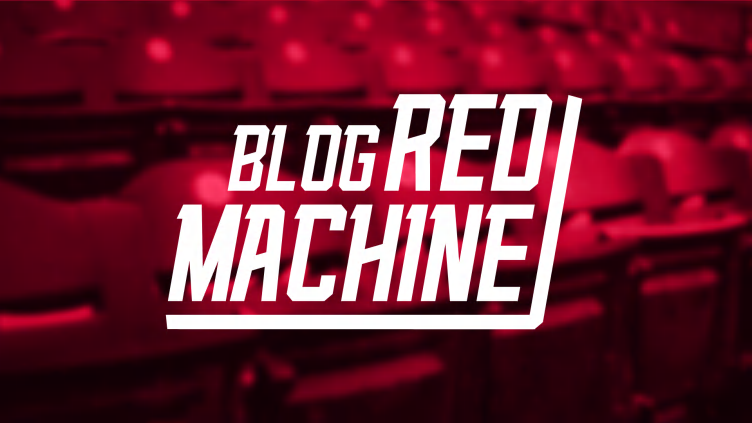Cincinnati Reds should innovate and create the role of high leverage catcher

The Cincinnati Reds are trying out a new age bullpen this year, but could take it one step further.
The Cincinnati Reds have an opportunity to try something innovative this season. They should look at the catchers that break camp with the team and select a high leverage catcher. Some teams have defensive replacements, but this is a different angle to that idea.
The “new” idea of bullpens is to have a reliever that pitches high leverage situations that are not saves. There is no better example than what Andrew Miller did for the Cleveland Indians last year. Some days the high leverage situation exists for 1/3 of an inning and other days it exists for 2 innings.
High leverage situations occur at two times for a team. After scoring a run or runs to get within one run or to take the lead, the team may have hit its way into a high leverage situation late in a game. The more likely way is for a pitcher to allow a runner or runners get on base when the team has a small lead.
When these situations occur, the manager is more likely to lean towards preventing runs, as opposed to scoring them. That makes sense as success in baseball is often a 30% proposition. So creating a catcher version of a high leverage pitcher makes sense.
Want your voice heard? Join the Blog Red Machine team!
It makes sense for the Reds to do this in 2017 because they will likely be carrying three catchers to start the season as Devin Mesoraco finishes recovering from a torn labrum. That means that the Reds will be able to utilize a high leverage catcher and still have a back-up catcher available. This is an extension of the high leverage middle reliever position that became more prevalent last season.
The Cincinnati Reds need to envision what it means to be a high leverage catcher and what that looks like.
More from Reds News
- Reds vs. Nationals: Pitching preview, prediction, and more
- Reds: David Bell’s new contract was the right move at the wrong time
- Reds: Multi-run innings have hurt Michael Lorenzen this season
- Reds fan bares all in fulfilling awkward 2021 World Series bet
- Reds: Bullpen quickly becoming a strength of this team
What would a high leverage catcher look like? The focus would not be throwing out runners per se. It would be not allowing runners to score.
In that vein the catcher would be ranked on framing and catcher’s ERA (CERA) and catcher’s WHIP. There is another stat that could be used, CERA ratio, which allows for comparison among catchers across baseball. The formula is CERA/ERA with a smaller number being better.
The idea would be to designate one catcher the team’s high leverage catcher.
It could be the starter or a back-up. When the high leverage catcher needs a break, they could schedule an off game.
The usage would be relatively simple. Whenever the game reached a high leverage situation in the game and the high leverage pitcher came into the game, the high leverage catcher would also enter the game. The proposed high leverage pitcher for the Reds is Raisel Iglesias, but that could change during spring training.
The catcher would come into the game and play the rest of it, barring an injury or unique offensive opportunity. He would play beyond the end of the night for the high leverage pitcher in all likelihood. That is the role of a high leverage catcher.
Next: Finally, the Reds have gone back to Arizona!
This is the sort of ideas that the Reds need to embrace. They have become a more efficient team by using defensive shifts. Now it’s time to take that idea behind the plate.